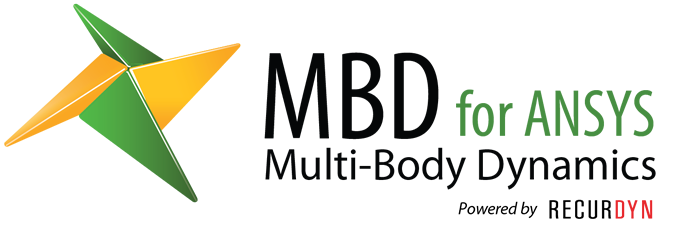
Stanley adopts MBD for ANSYS to study motion.

About Stanley Black and Decker
Stanley Hand Tools is a brand of hand tools. It is a division of Stanley Black & Decker, following the 2010 merger of The Stanley Works with Black & Decker. Stanley owns the biggest market share in the construction and DIY segment
What does Stanley use MBD for ANSYS for?
The forces applied to locking pliers by the hands of a user result in the distribution of significant forces on the tool. Using MBD for ANSYS, a variety of input forces on the grips can be modeled and simulated numerically over a wide range of conditions to obtain an accurate range of distributed forces over the tool without requiring a physical prototype. These resultant reaction forces at the various joints and connections of the tool can be transferred into a finite element model in ANSYS for structural and durability analyses.

The steps to use MBD for ANSYS
Step #1. Import the CAD file.
Step #2. Create joints, spring and contact.
Step #3. Define the gripping force as a driving force.
Step #4. Run the simulations and review the results.
Step #5. Modify the parameters and compare the results.
Step #1. Import the CAD file
Firstly, import the CAD file using ANSYS Workbench. K-2

Step #2. Create joints, spring, and contact
Create dynamic objects using GUI.
Step #3. Define the gripping force as a driving force

Step #4. Run the simulation and review the results

Step #5. Modify the parameters and compare the results
- Changing the magnitude of the input force
- Changing the spring coefficient
- Users can compare the effect of the change on the output force using the simulation

LoadTransfer
MBD for ANSYS Multi-Body Dynamics simulation outputs are automatically transferred as loads on a FEA model. 
Step #1. Configure the MBD Load Transfer
Run 1. MBD Load Transfer Config.
Select the part to transfer the loads and the time instants.
Step #2. Set the FE Boundary Condition and Solve
Run 2. Set FE Boundary Cond.
Solve the FEA model using the transferred load condition.
Multi-Body Dynamics is mainly used for
The calculation of loads (at joints, contacts and where forces are applied) that can be used for component-level structural analysis.
The study of the dynamic behavior of assembly of rigid or flexible bodies, usually including large translational/rotational displacement (motion).
Example of Multi-Body Dynamics
< Engine >
< Clutch >
< Robot >
< Excavator >


